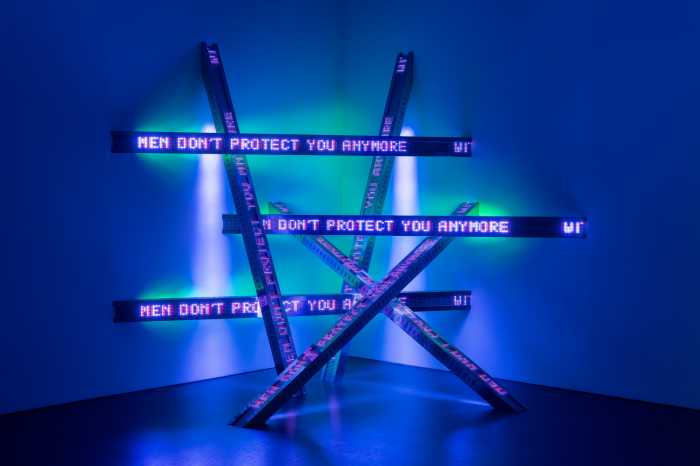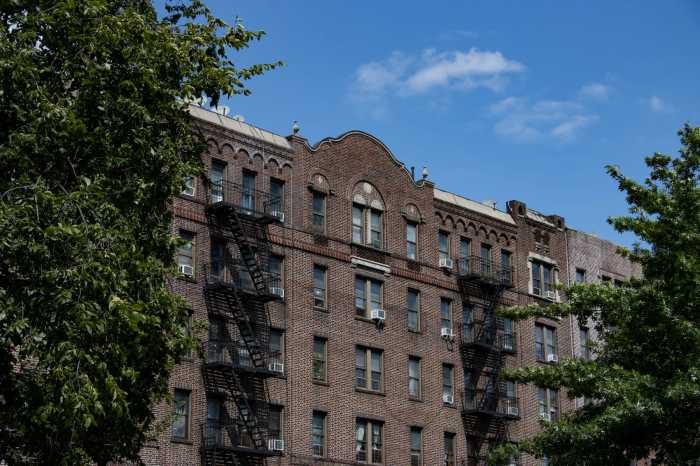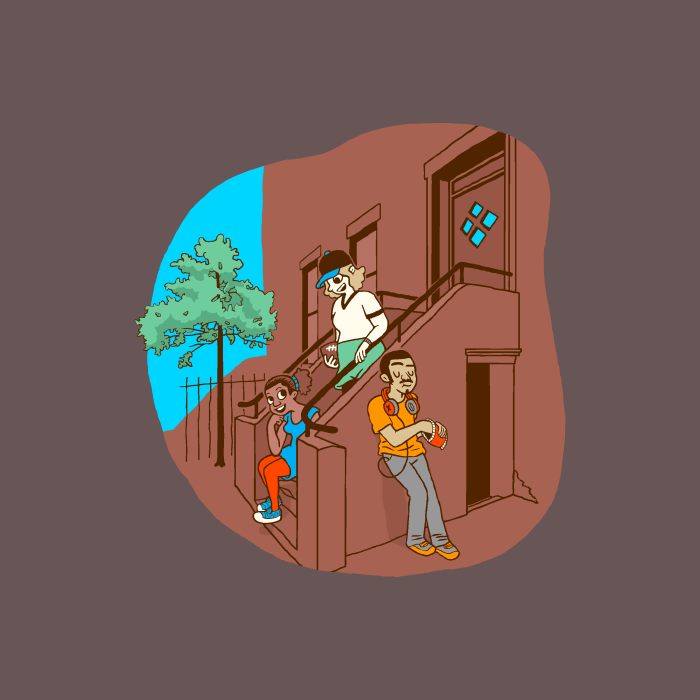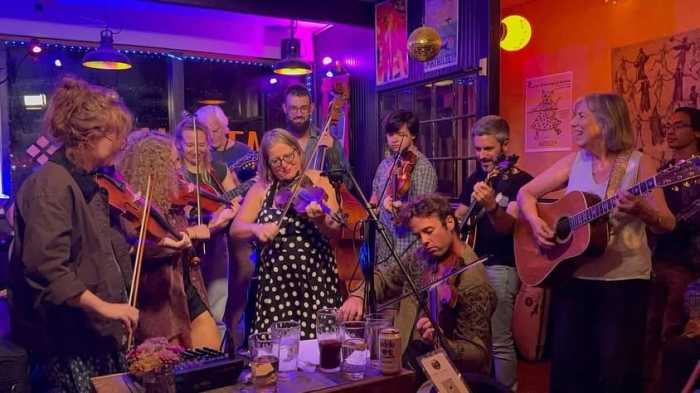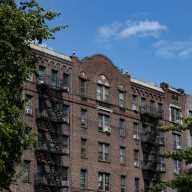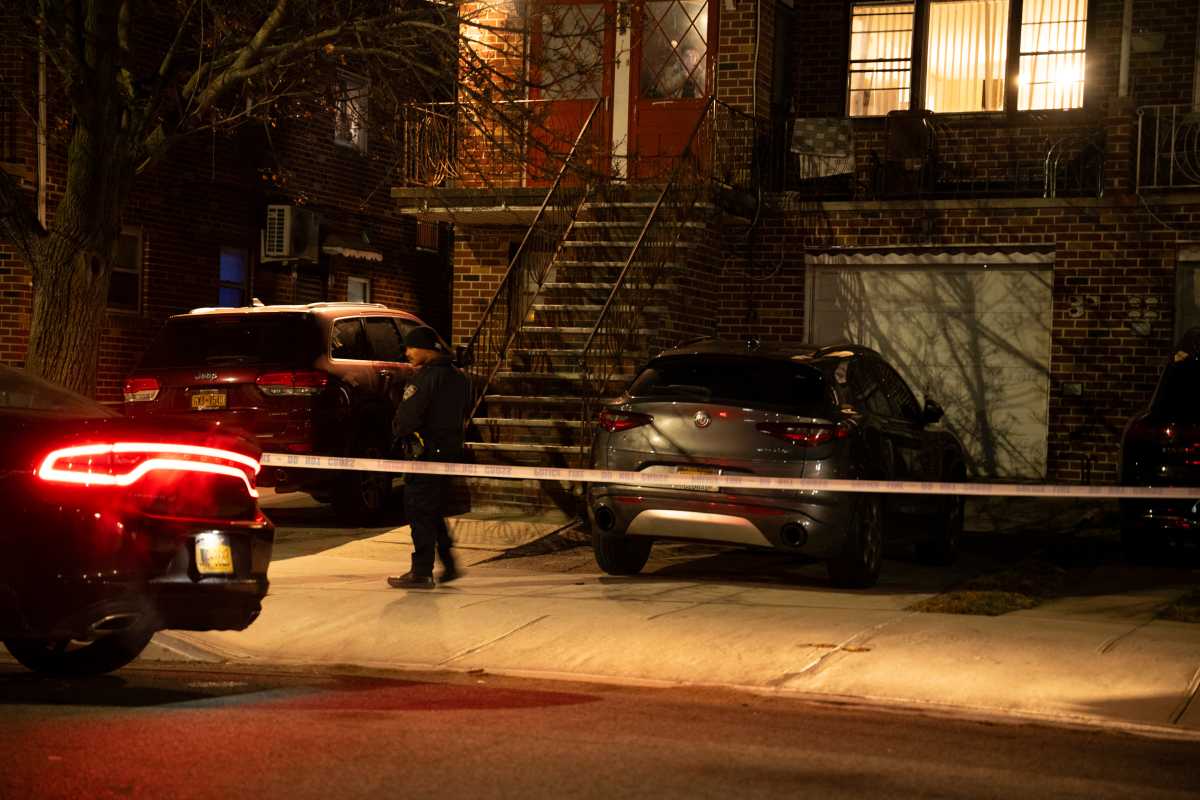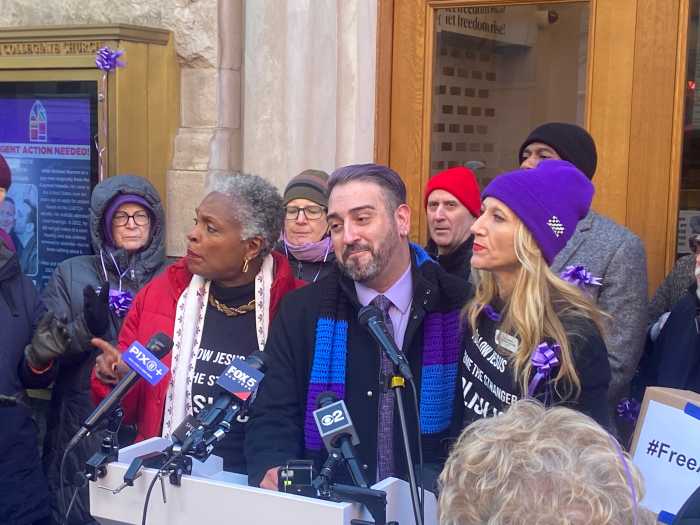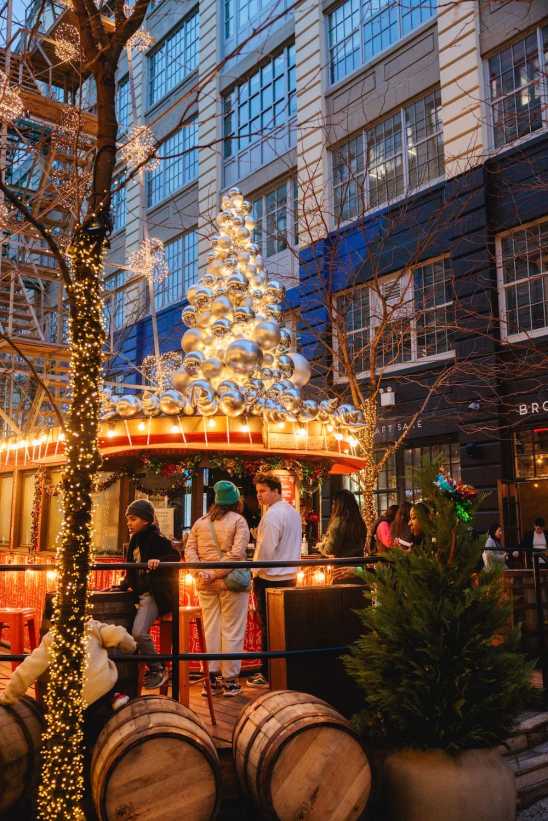To the editor,
When I picked up the Bay News last Friday, I was appalled by the cover headline, “Killed for a spot.” Right next to it was another headline, “Zone-busting development still stalled.” These headlines sum up two major problems in Southern Brooklyn: Over-development and not enough parking.
I am appalled by the giant high-rises cropping up in once-bucolic neighborhoods. Condominiums, huge office buildings, and shopping malls are devouring our once peaceful and picturesque environment. As construction increases, traffic conditions get worse and worse and much-needed parking spaces disappear. I think there should be a moratorium on new construction. Although construction brings in big money, there is a bigger need for safer streets, improved traffic conditions, and enough parking for everybody.
I think the only new construction that Brooklyn really needs right now is more mom-and-pop stores and more family restaurants. Most of the really good restaurants in Southern Brooklyn have been torn down to make room for high-rises and shopping malls. When my friends and I want to go to a good restaurant in our neighborhood we have very few choices left. Also, I wish somebody would bring back the small neighborhood movie theaters we used to go to. There was a lovely little theater on Avenue U and a theater on Kings Highway and Coney Island Avenue that my friends and I could go to after a day at our senior center one block away. The gigantic multiplexes we have now do not have the comfort and intimacy of the old theaters. I can get lost just trying to figure out which of the nine tiny box-like mini-theaters is showing the movie I want to see. I feel confined and uncomfortable in these so-called theaters. Usually I prefer to stay home and wait for the movie to come to television.
I think future buildings in Brooklyn should be smaller, not bigger, but I know that the wealthy developers and many politicians don’t agree with me. I fear that traffic fatalities and fights over parking spaces will increase as more unneeded and unwanted construction continues. It needs to stop!
Elaine Kirsch
Gravesend
State of our trains
To the editor,
There has been much wrangling and gnashing of teeth over the state of our subways, with calls for more funding to bring it up to a good state of repair. After being involved in the power aspect of subways for 40 years, I can state that monies allocated have been spent successfully, to a great degree, on maintaining a fully operational and reliable system.
The first thing the public has to understand is that there are only a set number of dollars sent in by federal, state, and city coffers, to go around for transit each year. Each division in the subway system has to divvy up the money allocated and spend its share as wisely as possible.
For more than 50 years the power system — the system that makes the 600-volt third rail power — has been undergoing a massive modernization program. Having up to 75 manually-operated substations, most dating back to Thomas Edison’s day, today these almost-100-year-old stations are closed and have been replaced with 217 modern solid state rectifier substations and switch gear to ensure a reliable power supply to the rails.
Was this an overnight accomplishment? No! Starting in 1959, after the mayor sold transit powerhouses to Con Edison, (Hmmm… the mayor was in control of the subways? Yep!), there was a 40-year agreement to replace older 25-cycle power substations and signal systems to use a standard 60-cycle power supply from Edison. Each year, as funding became available, older substations closed and modern stations took their place until Dec. 15, 1999, when the last of the old, turn-of-the-century 25-cycle power feeders — after 100 years of operation — was turned off. (Yes, I turned it off!)
During this modernization period the city faced several economic downturns that delayed subway reconstruction. While the heavy traction power modernization slugged onward, several expensive signal modernizations stalled. Today there are a few heavily-used lines that still use the old 25-cycle power we generate in-house, to keep vintage signals working and trains rolling.
Nowadays, it costs billions to plan and modernize lines to utilize the new computerized communication-based train controls. The Canarsie line has it, while the one on the No. 7 Flushing line is under construction. As funding becomes available, more lines in the city will benefit from new signal systems and train controls. This can only be realized if politics is put aside and a constant and reliable flow of cash is furnished to maintain the existing subway lines, stations, infrastructure, signals, power, et al.
The most recent funding patch, being argued between the mayor and the governor, is just that: a patch. Stations and tracks will get a much-needed cleaning, and certain fixes will be made to make things a bit more reliable, though it will take the concerted efforts of new management to make sure transit gets its due, to make and keep our transportation system first class.
Robert W. Lobenstein
Marine Park
Cars and bikes
To the editor,
In the Aug. 11–17 issue of Letters to the Editor, there was a letter by Ruth Weiner called “Dislikes about bikes.” I would like to counter her argument, in the order given by her:
1) Bike riders weave in and out of traffic. So do cars. There are those on the highways that travel at faster speeds weaving from lane to lane to get around cars doing the speed limit. These drivers put others at serious risk.
2) Bike riders think it’s okay to go through red lights. So do cars. And stop signs, other traffic signs, and disobey other rules of the road.
3) Bike riders who have earplugs in their ears hear nothing external. So do cars, in a fashion. There are drivers who have their radios turned up to high volume or high bass. It’s a wonder that they can hear anything.
4) Bike riders who wobble in the bike lane cause passing traffic to pull away from them, possibly causing an accident with cars coming from the opposite direction. So do cars, in a manner of speaking. Cars may not wobble, but numerous vehicles — including police cars — park in the bike lanes, forcing the bikes into the traffic lanes, forcing the bike riders to risk their lives.
5) Bike riders cut in front of cars to get where they are going. So do cars. Numerous times cars have cut me off while I was riding in the bike lane to get around other cars that want to make turns.
Here’s are a couple others she missed:
6) Bikes ride on the sidewalk imperiling pedestrians. So do cars. Many drivers, when making a U-turn, don’t stop in the street. They come onto the sidewalk, on either one wheel or half the vehicle.
7) Bikes don’t look around when making turns. So do cars. When drivers exit their vehicles, they must check the sideview mirror to see if any bike is coming. Many has been the time that drivers had not done this, forcing the bike to make a sudden swerve into traffic to avoid the just-opened door, thereby getting hit by an oncoming vehicle and losing his or her life.
I’m sure there are other examples. So let’s be honest here — we all share the streets. Let’s all obey the traffic laws and use common sense when biking and driving. And above all, be careful. The life you save might be mine.Ronald Cohen
Gravesend
The real questions
To the editor,
Big thanks to Julianne Cuba for giving us an insight on the ideas of New York City Council candidates Bob Capano and Liam McCabe, but after I read the interviews I was left empty (“Butting heads: Meet the candidates for council in the 43rd district,” Aug. 18–24). I don’t know the actual questions that were posed and the format in which they were posed, but from the article, one can surmise that they were the type of softball questions CNN would ask Hillary Clinton.
In a lawless New York City, one would think that the questions would govern the government criminality and abuse of power that New Yorkers are subject to daily; instead we only received the candidates’ opinions on certain subjects that allowed Messrs. Capano and McCabe to provide predictable answers.
We want to know what the candidates would do as Council members. Try these questions:
Q: While California has been dubbed “the most dysfunctional state,” New York has been dubbed “the most corrupt state,” and New York City has followed suit. As a member of the New York City Council, what you would do to minimize the corruption of pay-to-play schemes and the creation of questionable positions used to provide paydays for cronies?
Q: We currently have a lawless New York City. Criminals have been emboldened by both Mayor DeBlasio and Council Speaker Melissa Mark-Viverito. In fact, many New Yorkers believe that the three police officers killed execution-style by career criminals were emboldened by the mayor’s and the speaker’s tethering of the NYPD against crime. As Council member, what would you do to combat the lawlessness and allow the NYPD to combat crime?
Q: As follow-up to the previous question, the mayor and speaker have abandoned the enforcement of quality-of-life crimes. New Yorkers get a daily dosage of dog feces on the sidewalk, public urination, loud noises by motorcycles and kids’ cars, and bicycle riders on sidewalks. As a Council member what would you do to, at least, minimize quality-of-life crimes?
Q: The annual stipend for Council members is $148,500 plus benefits and perks. Please tell us if you have ever earned, at least, that amount in the private sector. If not, where you would earn, at least, $148,500 in the private sector if you do not succeed on Nov. 12?
Q: Some feel that individuals who run for public office should have years of related work experience in the private sector as one of the qualifications for running for public office. For example, in order to apply to a Master of Business Administration course of study, applicants need three years of relative work experience. Do you agree?
Q: “Government by the people and for the people” means that different people are given a chance to govern. New York City currently has term limits for mayor. Do you support term limits for Council members?
Q: If the United States is a country of laws as many say it is, should illegal aliens live amongst New Yorkers, be supported by New Yorkers and be protected by DeBlasio’s illegal sanctuary city policy? Would you combat Mayor DeBlasio’s protection of illegal aliens?
Q: In our public school system, inflating grades and outright changing them from failing to passing, along with the relocation of unruly kids to good schools is the “equality” agenda of Mayor DeBlasio and Schools Chancellor Farina. How would you combat DeBlasio’s and Farina’s mishandling of our public school system?
Q: Lastly, a subjective question you may decline to answer: “Would Mayor DeBlasio be indicted had President Trump not fired (U.S. Attorney) Preet Bharara?”
Elio Valenti
Brooklyn



